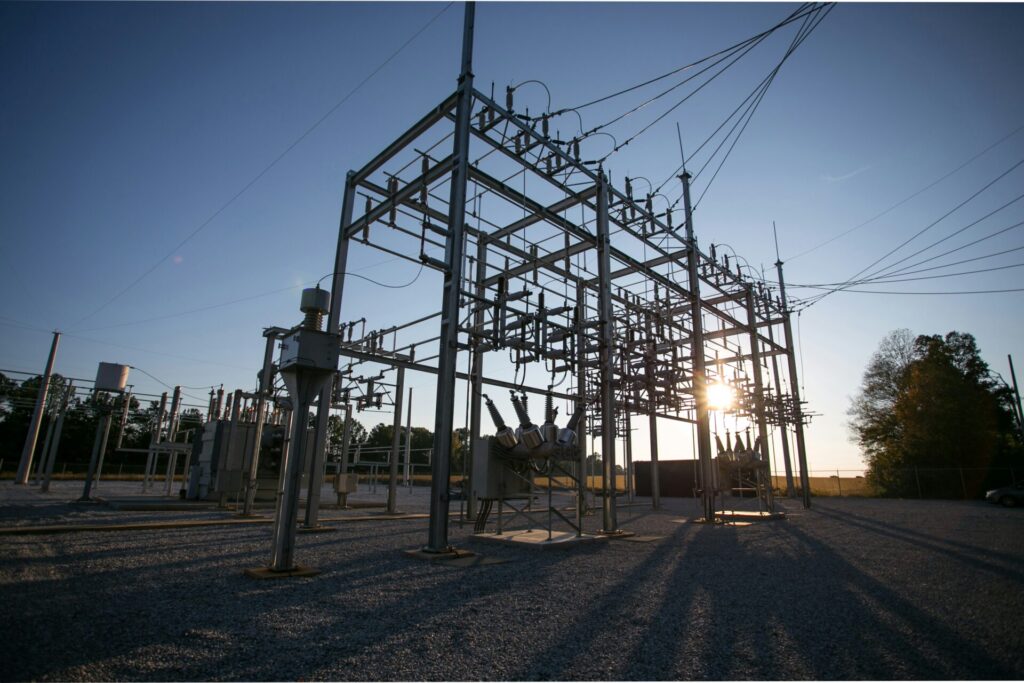Flow scheme diversions were recently added to the Transcend Design Generator. Advanced users of the design generator know that the platform models wastewater treatment plants in the following structure (being substantially simplified here for the sake of explanation):

In some situations, however, it might be desirable to add certain “shortcuts” to this layout, e.g., in case of evaluating extreme hydraulic events, like stormwater influent; or it is possible that we are just curious how the design would change in case the flow is substantially reduced on the biology.
Enter flow scheme diversion
To address these use cases, TDG recently received some new features that enable the configuration of flow scheme diversions. If you check out the `Data/Flow` screen and open the `Advanced` section, the currently supported flow diversion options become available:

The three options can be illustrated by the following plant schemes:

Bypassing Primary to Disinfection
Bypass – from upstream Primary to Disinfection: this option can be used for classic stormwater treatment scenarios:

Here we enabled bypassing Primary to Disinfection, set the type of the bypass to `Overflow`, and adjusted the `Volumetric flow` field to 4000 m3/h.
This results in a behavior that the system diverts all flows above that value to the bypass branch, i.e., it behaves as if an overflow weir had been installed at the flow diversion point.
Bypassing Primary to Biology
For some of our users, it is a frequently occurring situation, that the primary filter installed at the treatment plant has limited capacity (or they investigate alternative designs with a limited primary filter capacity to reduce the load on the biology without covering the full capacity with primary filters), and needs to be protected from flows above a certain limit. For those cases bypassing Primary to Biology is an excellent solution.

Bypassing Biology to Disinfection

There are two frequently occurring use cases for this option:
1. We want to protect the biology from hydraulic peaks
2. We want to divert a certain fixed flow for e.g., seeding an auxiliary treatment train
For option #1 the configuration is similar to a full bypass demonstrated in section Bypassing Primary to Disinfection.
For option #2 the bypass needs to be configured as `Pumped`, just as the figure below demonstrates:

When a bypass type is set as `Pumped` then the system makes sure that the flow in that direction is always the configured value. The `Overflow` and `Pumped` concepts can be illustrated the best by the figures below:


What’s next?
In a later post we are going to share how you can configure the Design Generator if you want to reduce the scope of the designs for the water line only.
Want more?
Vote in the comments for the next hydraulic enhancements in the TDG!
Shall we implement:
– additional influent points?
– or more bypass options?
– or elevation data evaluation for existing sites and reactors/buildings?
– or something completely different?
Let us know your preference!





